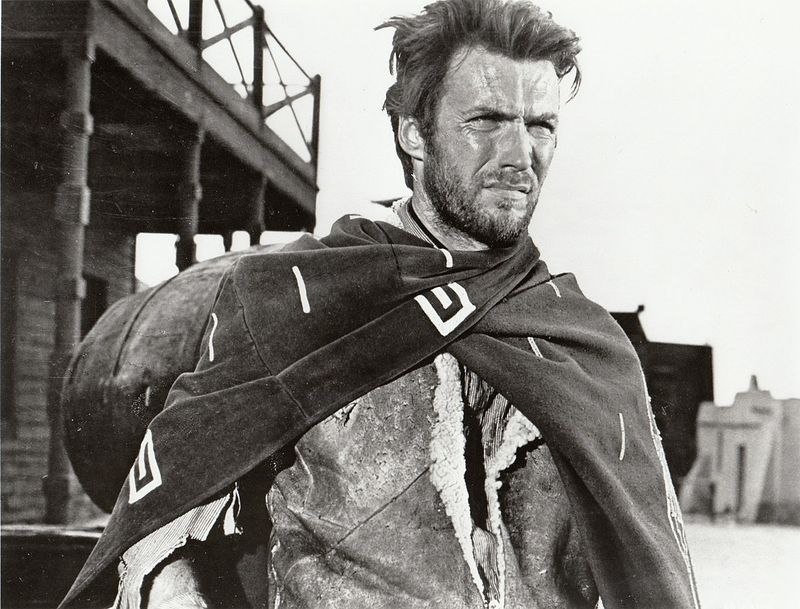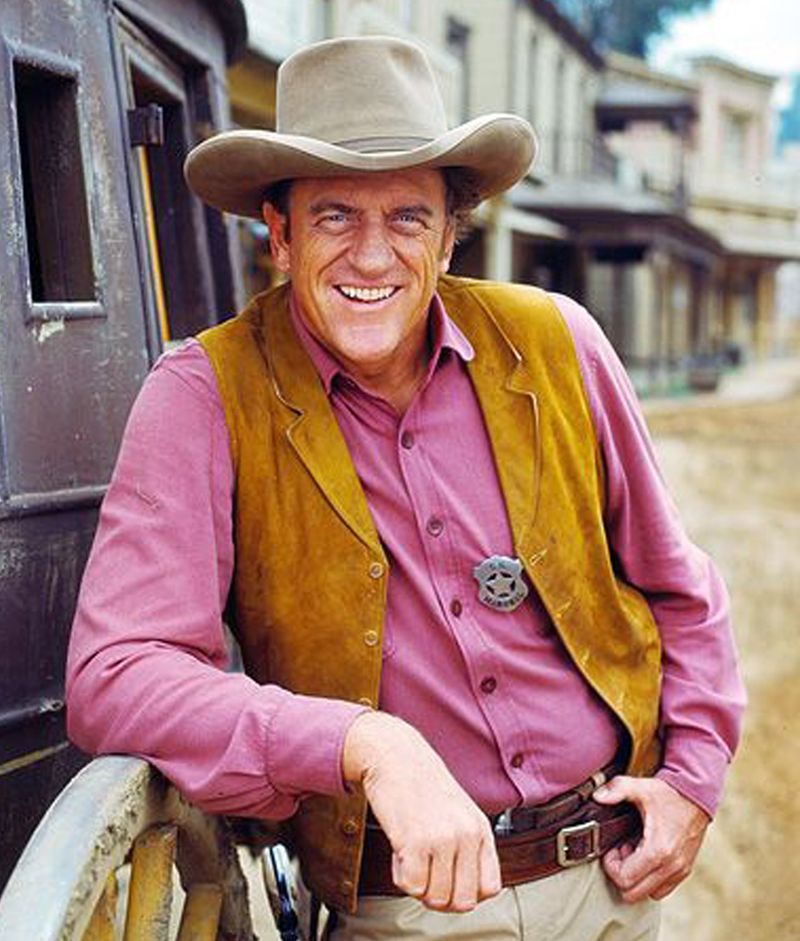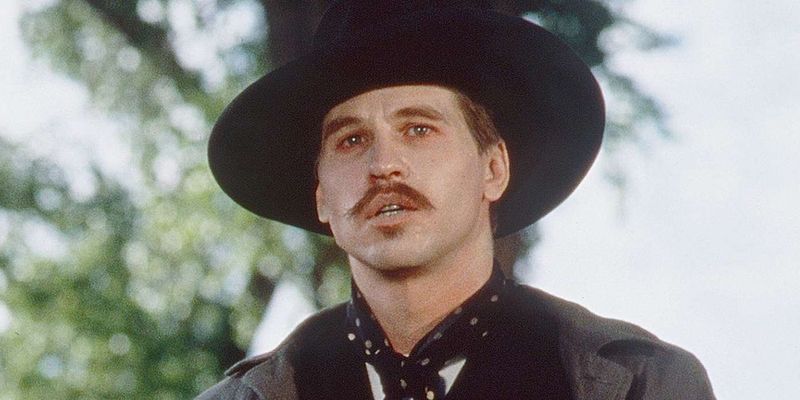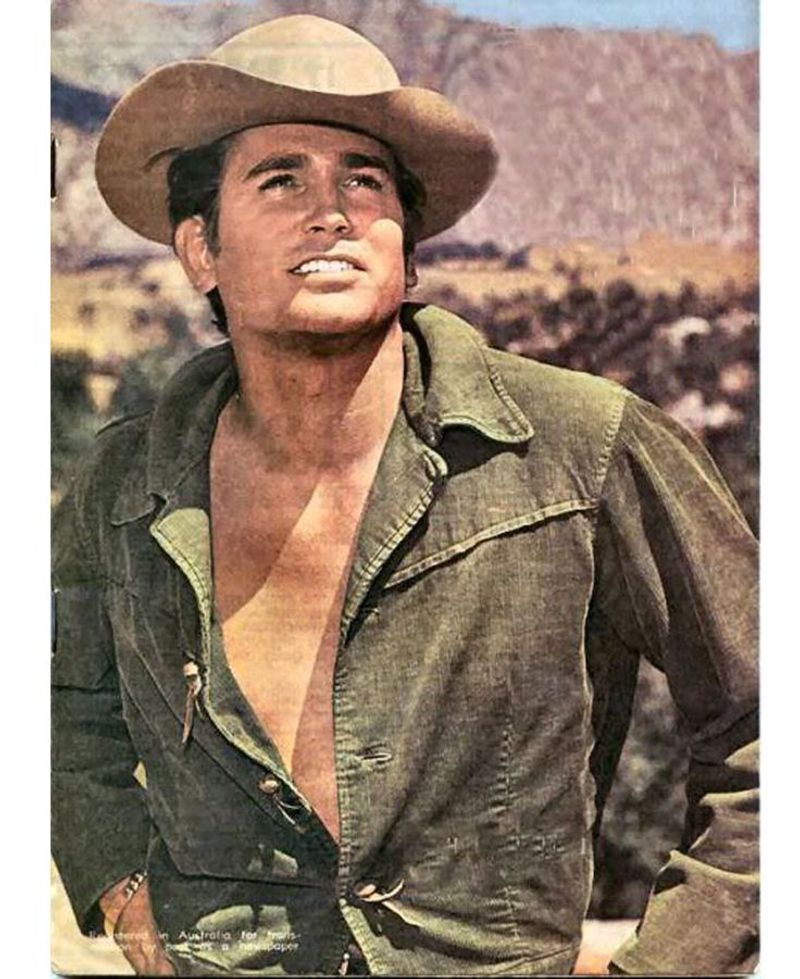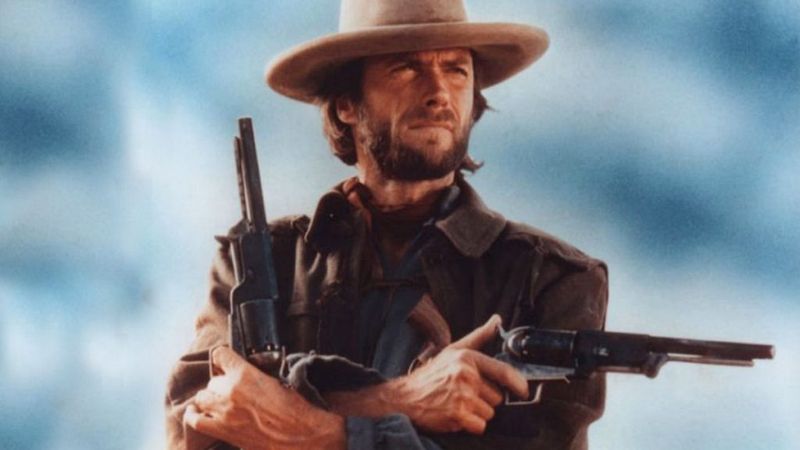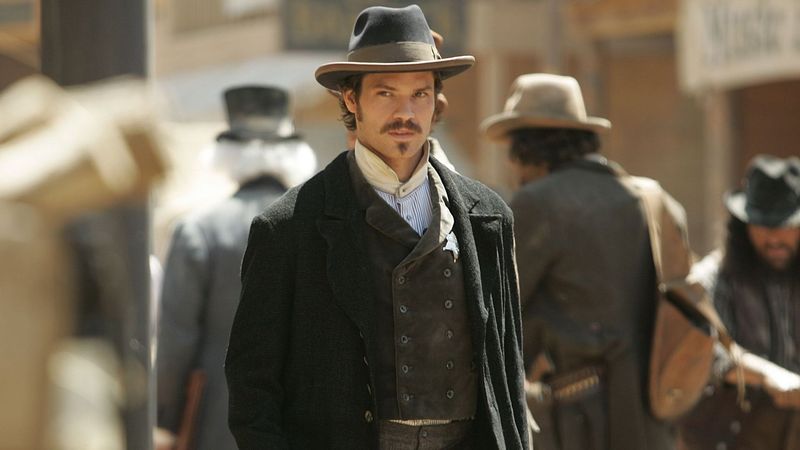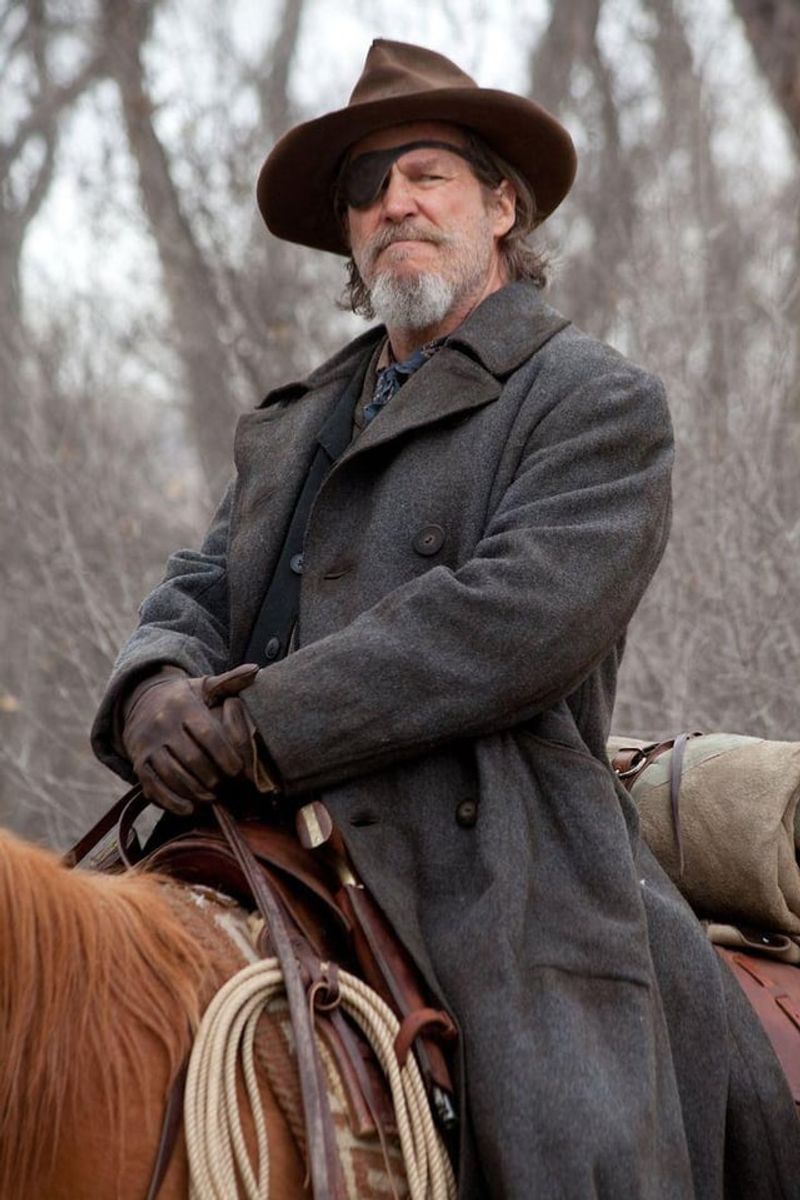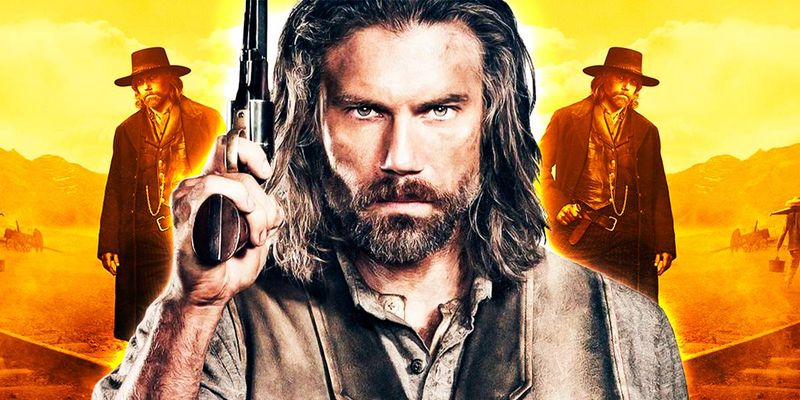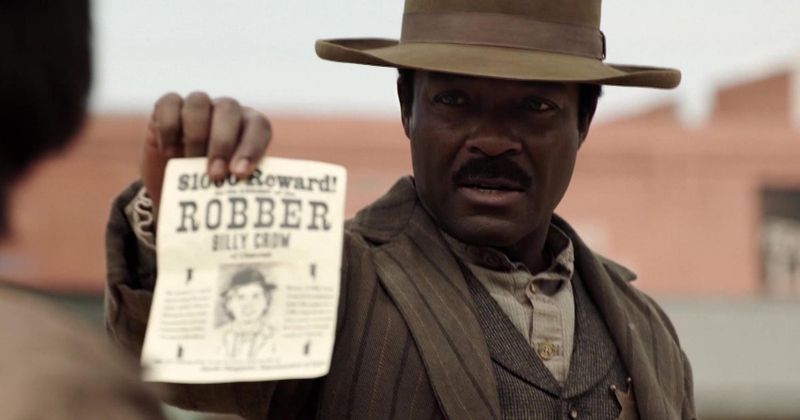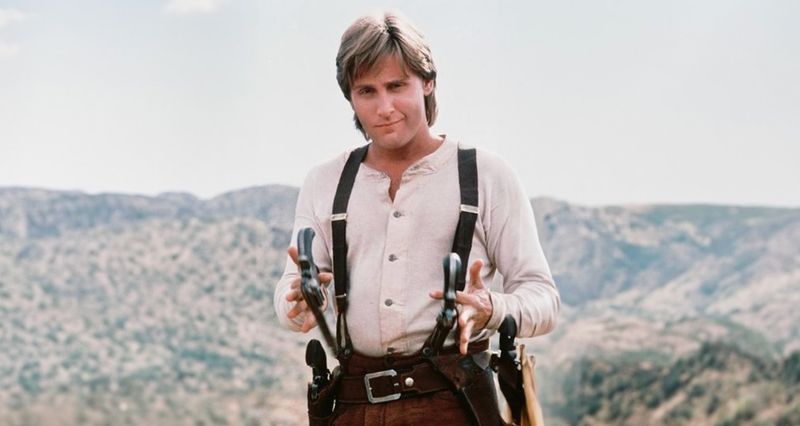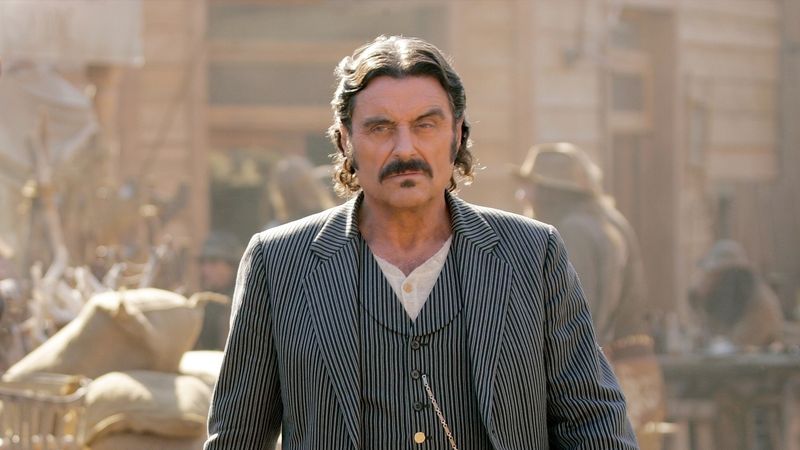The Wild West has fascinated audiences for generations, bringing to life characters who embody courage, lawlessness, and frontier justice. These iconic figures didn’t just entertain us – they shaped how we understand American history and mythology. From silent gunslingers to eloquent outlaws, these 15 characters redefined what it means to be a Western hero or villain.
1. The Man with No Name – Clint Eastwood’s Silent Revolution
Squinting through cigarette smoke with a serape draped over his shoulder, Eastwood’s mysterious drifter forever changed Western heroes. Unlike the clean-cut cowboys before him, this gunslinger operated in moral gray areas, killing when necessary without explanation or apology.
His sparse dialogue and calculated movements created tension that audiences couldn’t look away from. The character proved that sometimes what’s unsaid speaks volumes louder than lengthy monologues.
His impact reaches far beyond Westerns, influencing countless antiheroes across film genres to this day.
2. Matt Dillon – Television’s Longest-Serving Lawman
Standing tall at 6’7″, James Arness commanded the screen as Marshal Matt Dillon for an astonishing 20 years on “Gunsmoke.” His unwavering commitment to justice set the template for TV lawmen for generations to come.
Week after week, viewers watched Dillon face moral dilemmas that tested his badge and his conscience. He wasn’t just enforcing the law – he was defining it on the frontier.
Perhaps most revolutionary was how the character evolved over two decades, growing older and more complex alongside his audience.
3. Doc Holliday – The Witty Gunslinger Who Stole Every Scene
“I’m your huckleberry.” With this simple phrase, Val Kilmer’s portrayal of the tuberculosis-stricken dentist-turned-gambler became legendary. Unlike previous Western sidekicks, this Doc Holliday was sophisticated, educated, and dangerously unpredictable.
Kilmer gave us a man facing death with gallows humor and surprising loyalty. His Doc could quote Latin one moment and gun down opponents the next.
The performance redefined supporting characters in Westerns, proving they could be more complex and memorable than the heroes they stood beside.
4. Shane – The Reluctant Gunfighter Who Just Wanted Peace
Riding out of nowhere and ultimately back to nowhere, Alan Ladd’s soft-spoken gunfighter Shane created the template for the mysterious stranger with a violent past. His attempts to escape his reputation made him all the more compelling to audiences.
The character’s gentle interactions with a young boy contrasted sharply with his lightning-fast draw. This duality showed that Western heroes could be complex, tortured souls.
Shane’s final ride into the distance became one of cinema’s most iconic endings, inspiring countless “riding off into the sunset” conclusions in Westerns.
5. Little Joe Cartwright – The Emotional Heart of the Ponderosa
Michael Landon’s portrayal of the youngest Cartwright son brought something rare to Westerns: vulnerability. With his quick temper and emotional openness, Little Joe showed that cowboys could have feelings beyond stoic determination.
His relationships with women weren’t just plot devices – they revealed a character learning about love and loss. For 14 seasons, audiences watched him grow from an impulsive youth to a responsible man.
Little Joe pioneered the idea that Western heroes could evolve over time, paving the way for character-driven TV westerns that followed.
6. Josey Wales – The Outlaw Who Found Family in Strangers
Starting as a peaceful farmer transformed by tragedy into a vengeful killer, Clint Eastwood’s Josey Wales expanded what Western protagonists could be. His journey from loner to reluctant leader of a makeshift family broke new ground for the genre.
Famous for his tobacco-spitting contempt for authority, Wales nonetheless showed unexpected compassion. The character demonstrated that even in the violent West, community could be built from broken pieces.
His gradual evolution from revenge-seeker to protector created a new template for Western character arcs that countless films have followed.
7. Seth Bullock – The Lawman with Barely Contained Rage
Timothy Olyphant’s portrayal of the historical Deadwood sheriff brought a new intensity to Western lawmen. Unlike the calm, assured sheriffs of classic Westerns, Bullock seemed perpetually on the edge of violence, containing his fury through sheer willpower.
His complex relationship with the town’s criminal elements showed that order in the West wasn’t black and white. Bullock enforced the law while recognizing its limitations in a place built on lawlessness.
The character’s rigid morality in an immoral world created tensions that made him fascinatingly unpredictable to viewers.
8. Calamity Jane – Breaking the Mold for Women in the West
Forget the sanitized versions of Western women – Robin Weigert’s Calamity Jane was a foul-mouthed, hard-drinking, pants-wearing force of nature. Her raw vulnerability beneath a tough exterior challenged how female characters could behave in period dramas.
Jane’s unrequited love for Joanie Stubbs added unexpected depth to a character historically treated as comic relief. Her struggles with alcoholism and identity were portrayed with unflinching honesty.
This portrayal revolutionized female Western characters, proving they could be as complex, flawed, and compelling as their male counterparts.
9. Rooster Cogburn – The One-Eyed Marshal with Surprising Heart
“Fill your hands, you son of a bitch!” Whether delivered by John Wayne or Jeff Bridges, this battle cry exemplified Rooster Cogburn’s approach to justice – direct and uncompromising. The character’s flaws – drinking, aging, and stubbornness – made him more relatable than perfect Western heroes.
His unlikely partnership with a young girl revealed unexpected tenderness beneath his gruff exterior. This dynamic created a new template for Western partnerships across age and gender lines.
Cogburn proved that Western heroes could be deeply flawed yet still heroic when it truly mattered.
10. Cullen Bohannon – The Confederate Veteran Seeking Redemption
Anson Mount’s portrayal of former Confederate soldier Bohannon brought Civil War trauma directly into Western storytelling. His quest for vengeance evolving into something more meaningful showed how personal justice could transform into something greater.
As a railroad man pushing America’s expansion westward, Bohannon embodied the nation’s own complicated progress. His interactions with freed slaves, immigrants, and Native Americans explored racial tensions often glossed over in classic Westerns.
The character’s journey from revenge-seeker to builder represented a new kind of Western hero – one who creates rather than destroys.
11. Hoss Cartwright – The Gentle Giant Who Changed Western Masculinity
Dan Blocker’s Hoss shattered the stereotype that Western men had to be lean, mean fighting machines. His imposing size contrasted with his gentle nature, creating a character who used strength to protect rather than harm.
Frequently the emotional center of Bonanza, Hoss showed that compassion wasn’t weakness. His childlike wonder and trust offered viewers a different kind of Western hero – one who solved problems with heart rather than gunfire when possible.
The character pioneered the idea that Western men could be nurturing and emotional without sacrificing their frontier credentials.
12. Frank Griffin – The Preacher-Outlaw Who Terrified with Bible Verses
Jeff Daniels transformed into a one-armed nightmare as Frank Griffin, redefining Western villainy. Unlike traditional black-hat bad guys, Griffin’s religious fervor made him unpredictably dangerous – a man who could quote scripture while committing atrocities.
His twisted father-son relationship with Roy Goode added psychological complexity rarely seen in Western antagonists. Even when off-screen, his presence haunted every frame of “Godless.”
Griffin’s character showed how Western villains could evolve from simple obstacles to complex explorations of evil and corrupted faith.
13. Bass Reeves – The True Lawman History Nearly Forgot
David Gyasi’s portrayal of the real-life Black U.S. Marshal Bass Reeves corrected a glaring historical omission in Western storytelling. His character showed that Black heroes weren’t just present in the West – they were instrumental in taming it.
As a formerly enslaved man who became one of the most successful lawmen in history, Reeves navigated racial prejudice while upholding justice. His extraordinary skill with firearms and disguises made him a uniquely compelling Western hero.
The character’s very existence challenges the whitewashed version of Western history presented in earlier films and shows.
14. Billy the Kid – Youth Gone Wild in the Old West
Emilio Estevez’s portrayal of William H. Bonney in “Young Guns” reinvented the historical figure for a new generation. Unlike the cold-blooded killer of legend, this Billy was charismatic, impulsive, and tragically young – a teenager with a gun and too much power.
His wild energy and dark humor brought a rock-star quality to Western outlaws. The performance connected modern youth rebellion to historical contexts, making the Old West suddenly relevant to younger audiences.
This Billy proved that Western characters could be youthful, irreverent, and contemporary while still fitting within historical frameworks.
15. Al Swearengen – The Saloon Owner with Shakespearean Depths
Ian McShane’s foul-mouthed saloon owner elevated Western villains to Shakespearean heights. His soliloquies delivered to a severed head revealed inner conflicts rarely explored in the genre, while his brutal pragmatism showed how frontier towns really functioned.
Unlike one-dimensional villains, Swearengen’s occasional acts of unexpected decency made him fascinatingly unpredictable. His complex relationship with Doc Cochran and Trixie revealed a man capable of growth even while committed to self-interest.
The character redefined what Western antagonists could be – not obstacles to overcome, but fully realized individuals with their own valid perspectives.
